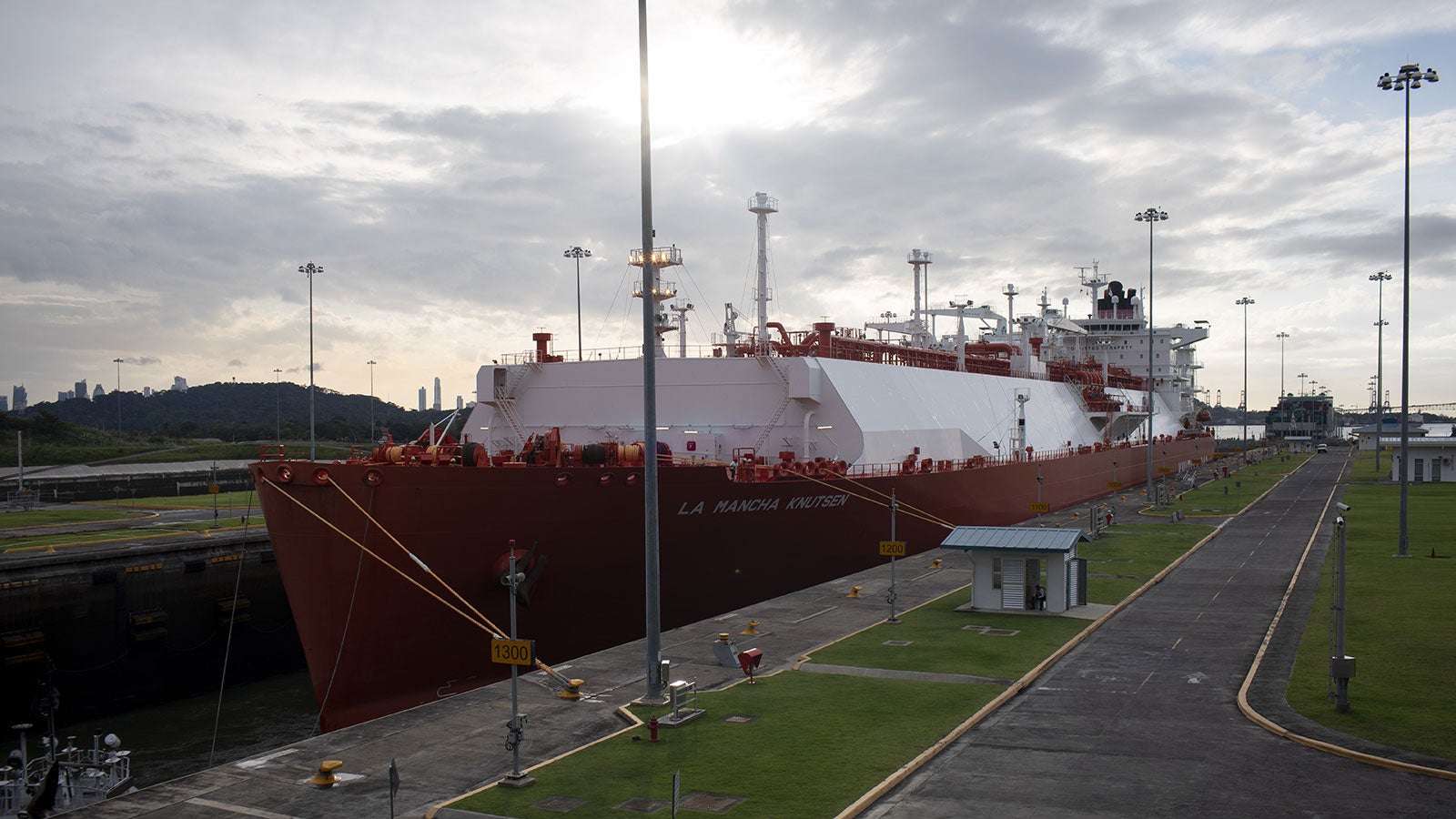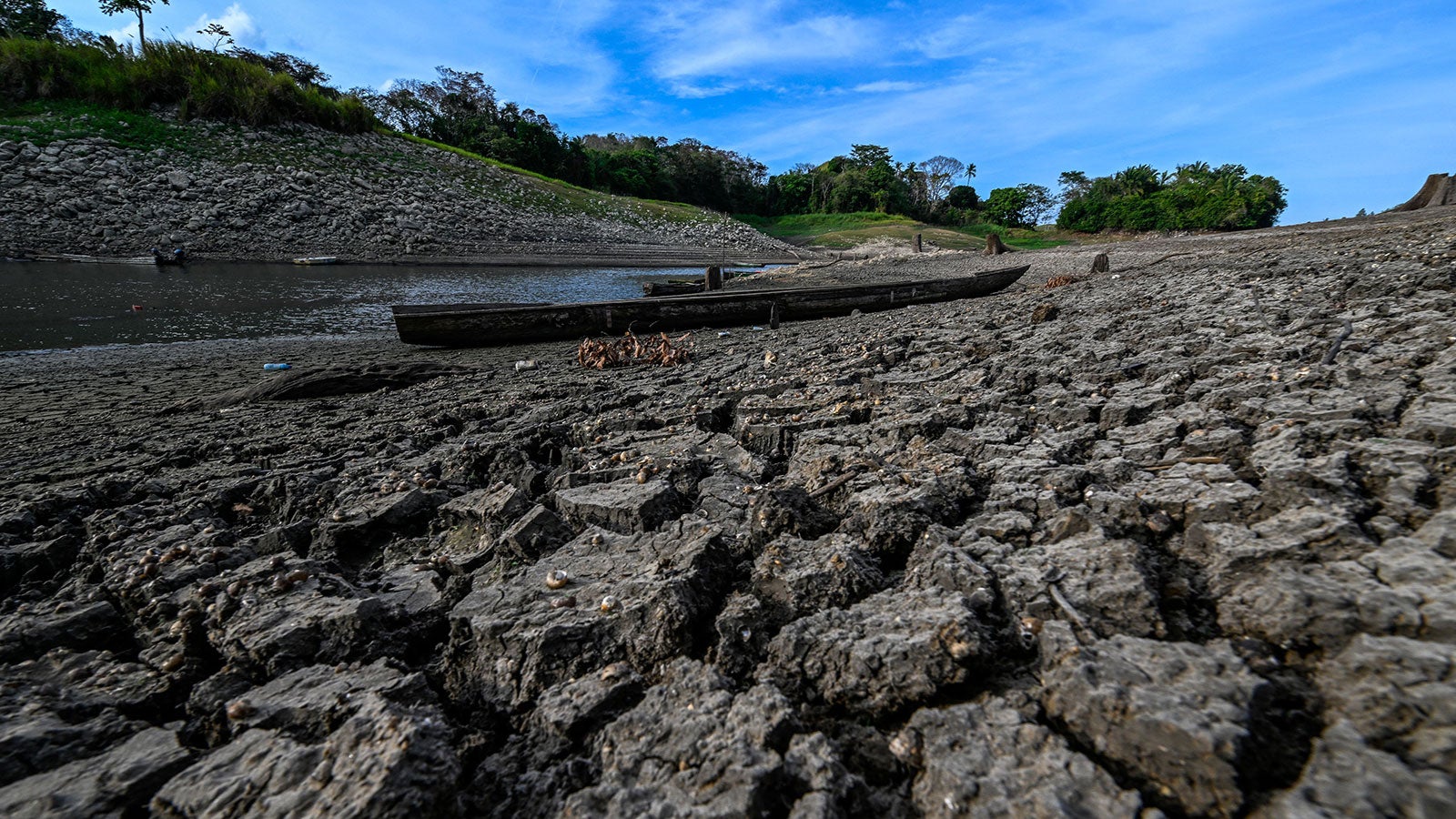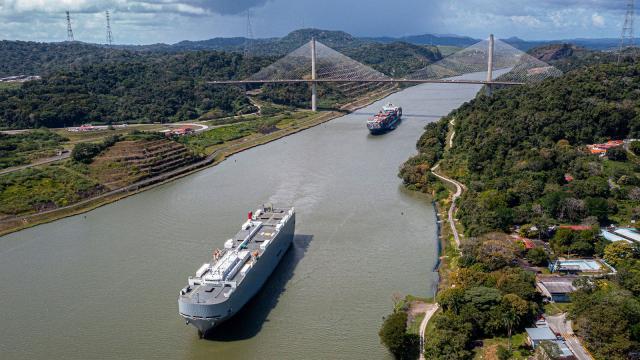The Panama Canal is one of the world’s most important shipping routes. For nearly 120 years, the 82km stretch of water has connected the Atlantic and Pacific oceans, allowing massive ships to pass through in 10 hours without navigating the entirety of South America. However, the future of the shipping route is uncertain after record droughts forced operators to impose restrictions on the kinds of ships that can pass through.
Since it opened in 1914, everyone’s second favourite shipping route is essential for the global economy, especially when it comes to goods travelling from the U.S. to China. However, CNN reports that the canal is having to make changes and restrictions to what kind of ships and how many can pass through the trade route as a result of record droughts in the region.

Lower water levels forced the Panama Canal Authority (PCA) to impose a reduction in the number of vessels that can transit its locks each day. The number of daily transits in its Panamax locks will drop to 32 to 30 per day, compared to the usual 36 to 34 transits each day. CNN reports:
“This reduction in vessel transits will allow the PCA to conserve enough water to postpone the water depth restrictions which would impact how much freight a vessel can carry. Restrictions were expected to start Sunday, June 25, which would equate to an approximate 40% drop in cargo on some containerships.”
This isn’t a new phenomenon, as CNN reports that the “canal has been battling drought conditions for years.” And drought conditions have only gotten worse. Droughts such as the ones facing Panama today were once thought of as being once-every-five-year-events. Now, experts predict they occur more like once every three years as a result of rising global temperatures.

It’s hoped that the reduction in traffic in the canal will allow the PCA to postpone a planned cap on the weight of vessels that can transit the canal. Authorities proposed a 40 per cent reduction in cargo on ships looking to pass through the canal, which was set to come into force on June 25.
Despite the delay, many ships on the canal are already running lighter. Some vessels were loaded in Asia weeks ago, and were already filled to meet the 40 per cent reduction in loads. This drop, coupled with the reduced flow of ships through the canal are all likely to see shipping costs rise again.
